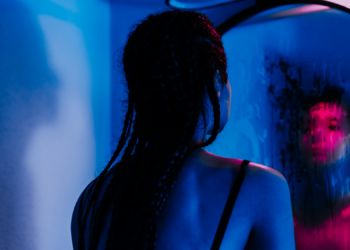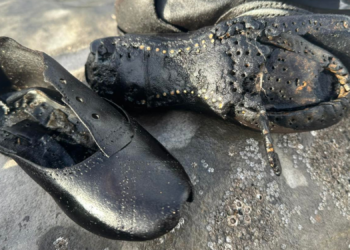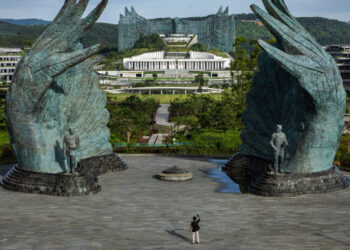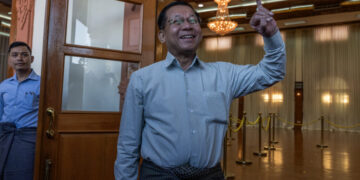Behold the Manifold, the Concept that Changed How Mathematicians View Space
The original version of this story appeared in Quanta Magazine. Standing in the middle of a field, we can easily...
Looking at Too Many AI Images of Herself Gave This Woman AI Psychosis
One of the clearest case studies of “AI psychosis,” a phenomenon where heavy interaction with generative AI systems seems to...
Walz slammed in wake of viral video that raises Minnesota daycare funding questions: ‘Needs to be held accountable’
Politicians took to social media Saturday to criticize Minnesota Gov. Tim Walz after a viral video raised questions about a...
CNN Host Begs People to ‘Stop Being Awful’
CNN anchor Jake Tapper urged people to “stop being awful, stop rewarding awfulness, and stop promoting awfulness with your algorithms”...
Why Did Hundreds of Victorian-Era Shoes Just Wash Ashore in Wales?
Volunteers restoring rock pools at Ogmore By Sea in the Vale of Glamorgan have uncovered more than 400 hobnailed leather...
Australian cruise ship runs aground, strikes coral reef in first trip after passenger’s death
A luxury expedition vessel has struck a coral reef off Papua New Guinea’s coast in the latest setback for the...
Kara Swisher Accused RFK Jr. of ‘Murdering People’ With Anti-Vax Policies
The journalist who played a pivotal role in breaking the story about then-presidential candidate Robert F. Kennedy Jr. having an...
Indiana GOP senator causes uproar with AI images of himself clobbering Santa — then calls critics ‘snowflakes’
An Indiana state senator sparked an uproar online after posting AI-generated images of himself clobbering Santa Claus in front of...
MJF Becomes Two-Time AEW World Champion at Worlds End
AEW Worlds End came to a close with a new Men’s World Champion heading into 2026. Samoa Joe defended the...
In Guinea Elections, Ruling Junta Seeks Legitimacy While Barring Rivals
Voters in Guinea go to the polls on Sunday to elect a new president as the leader of the ruling...














